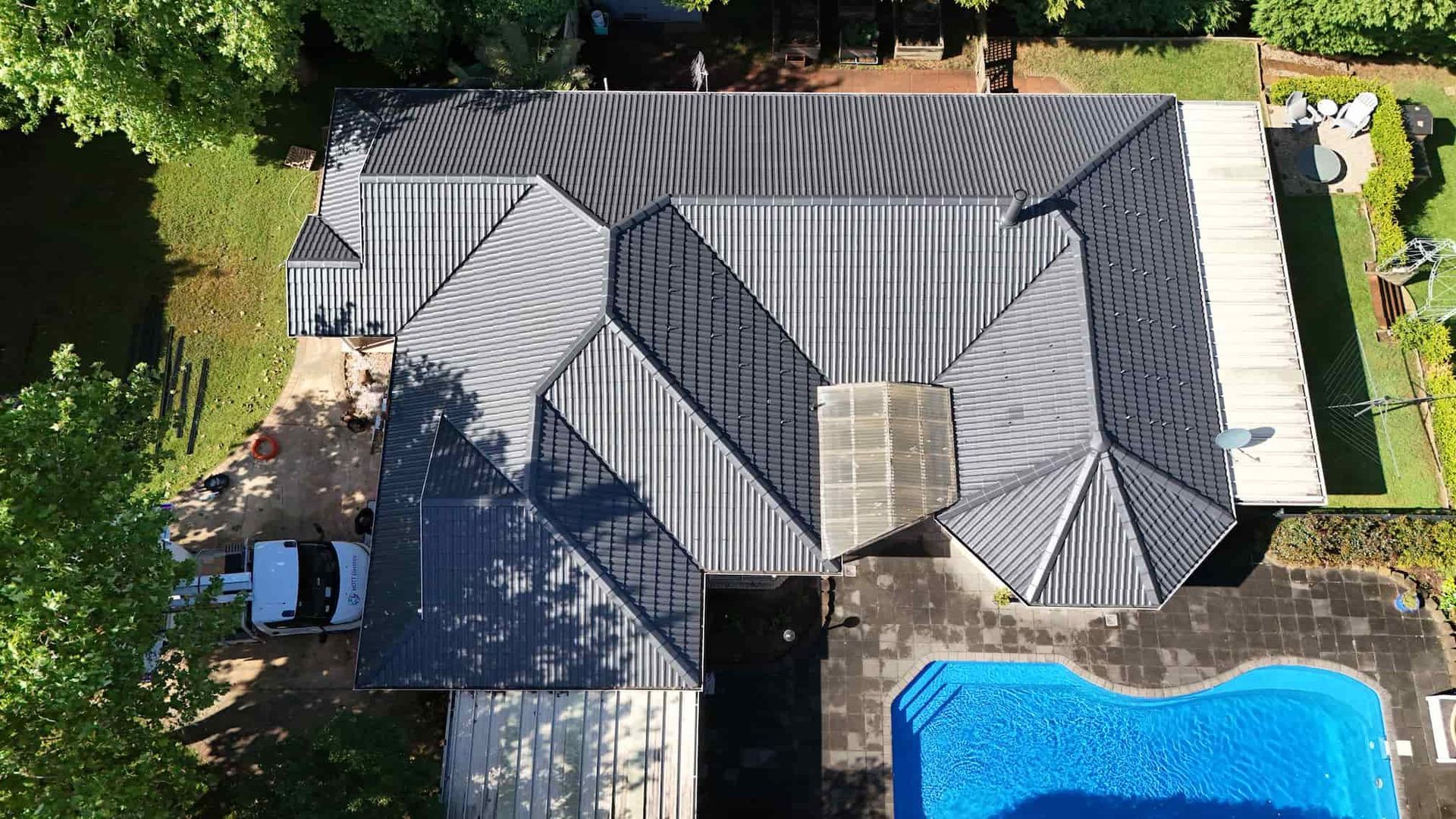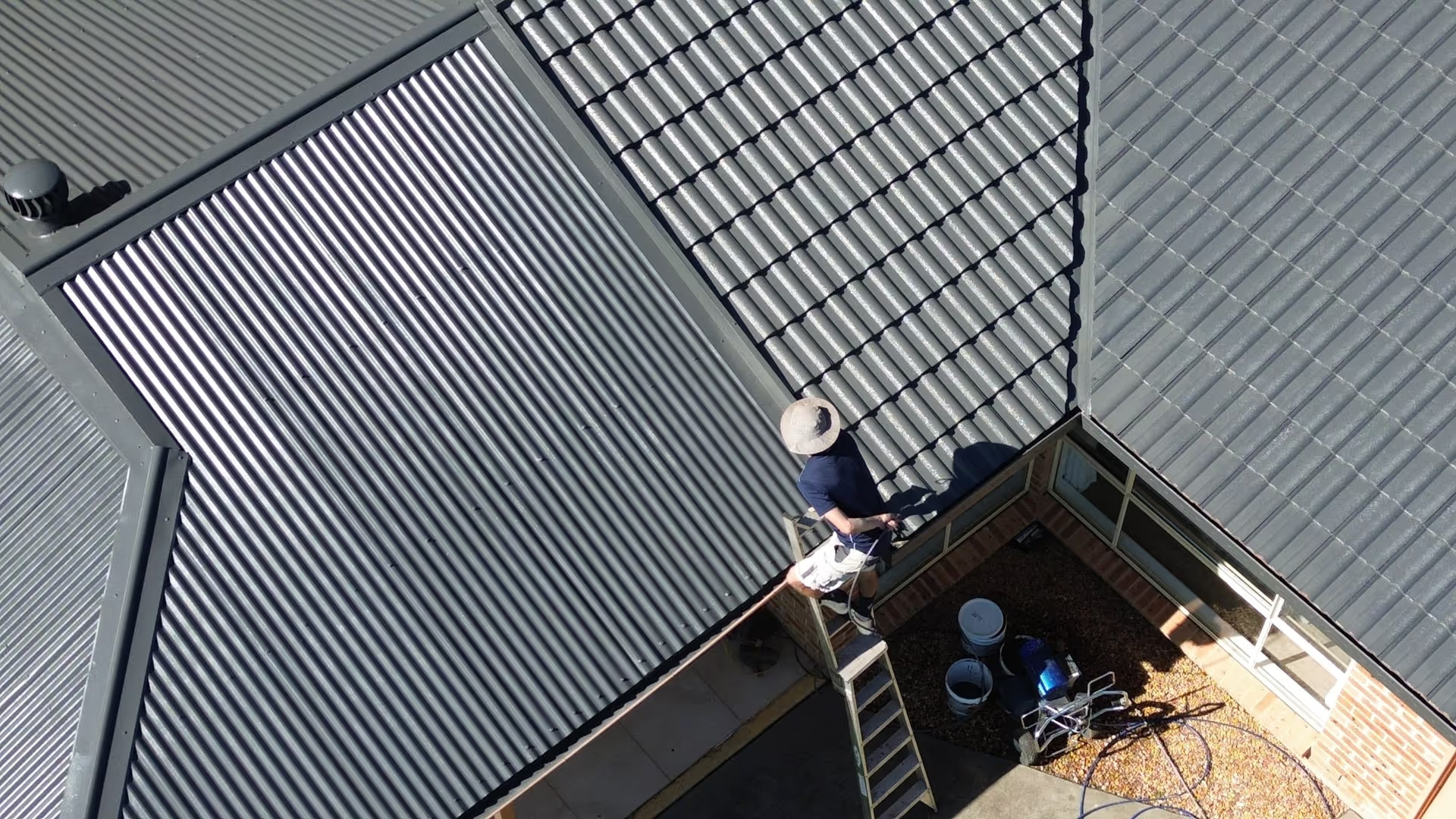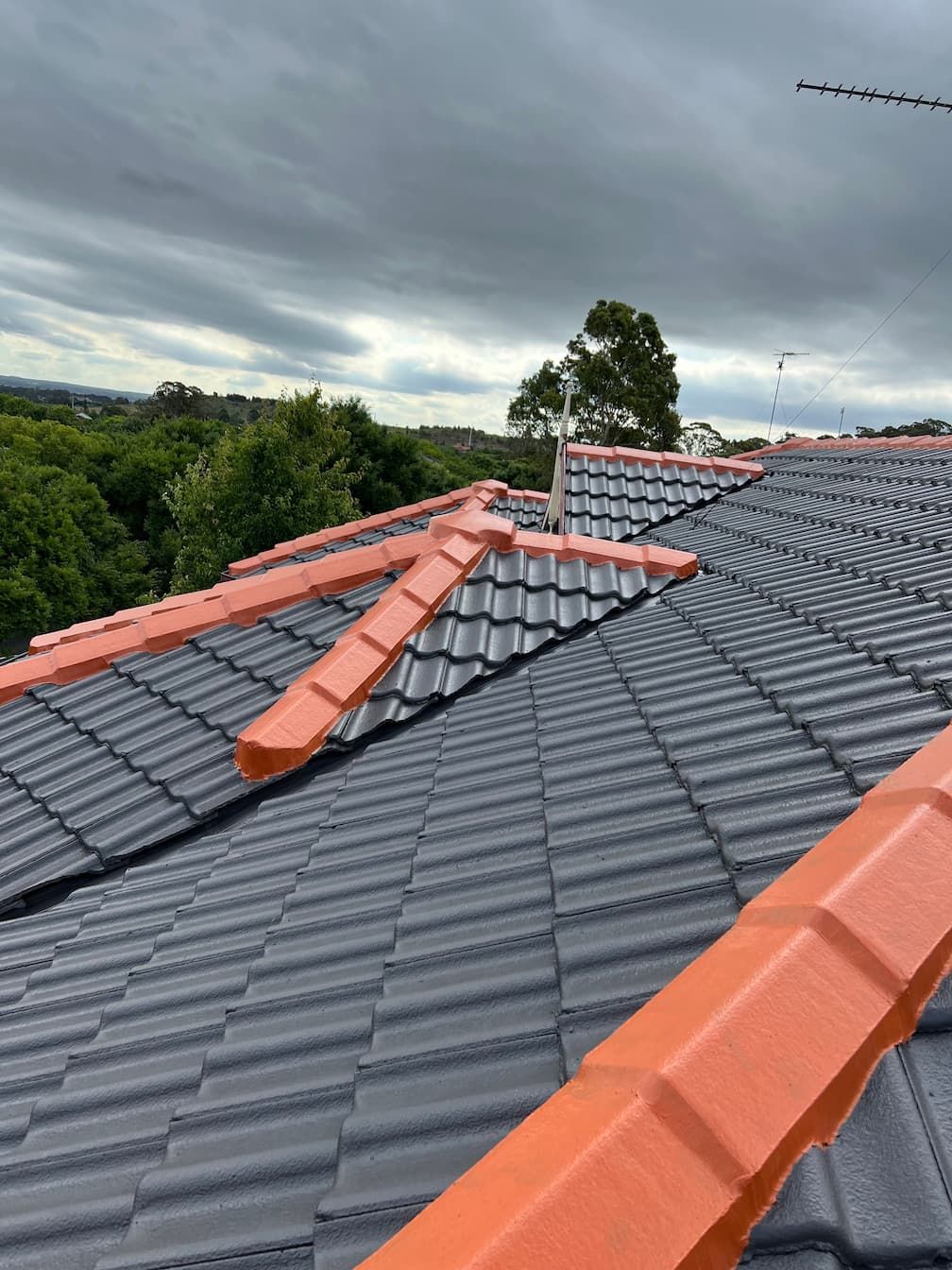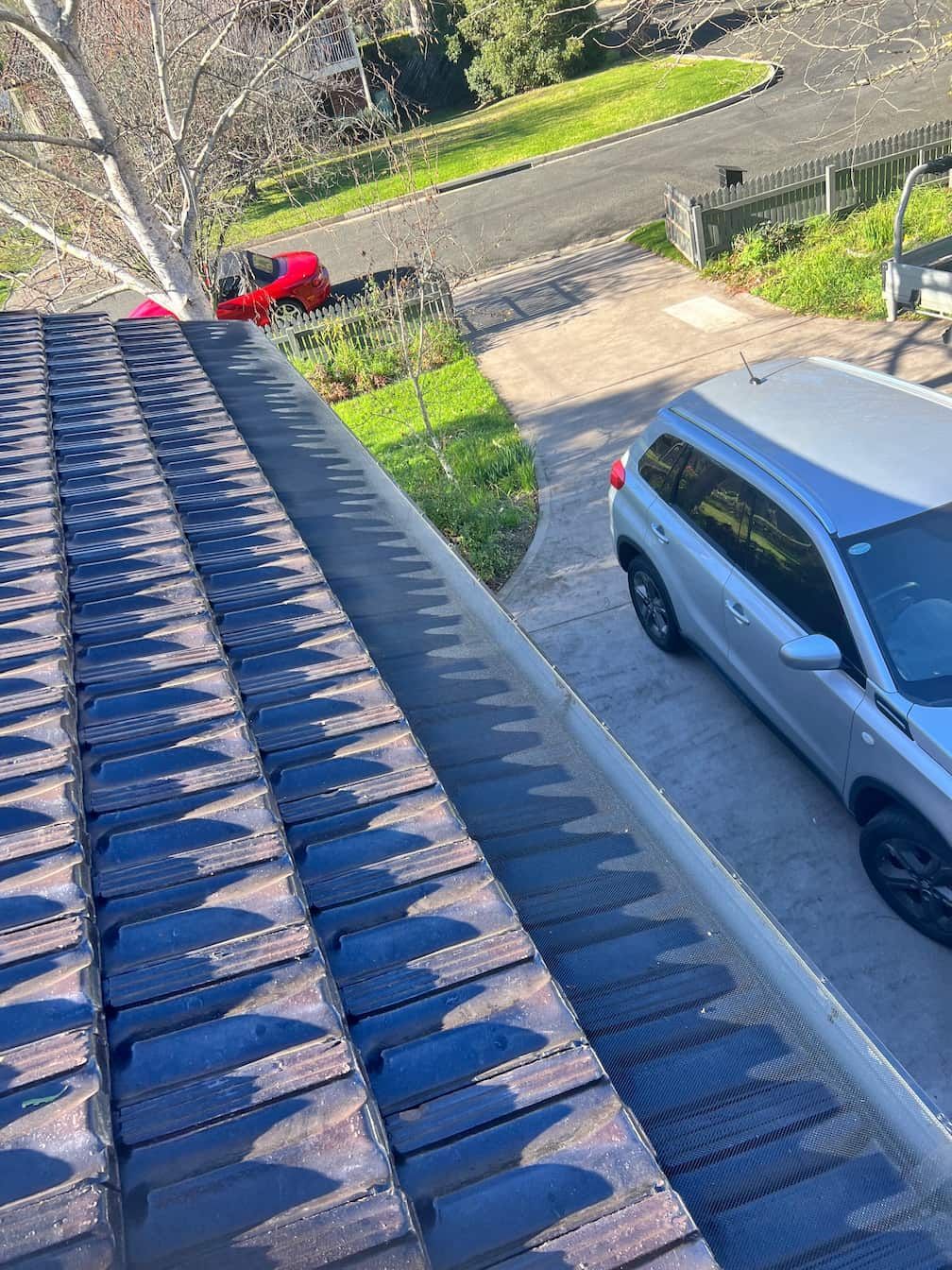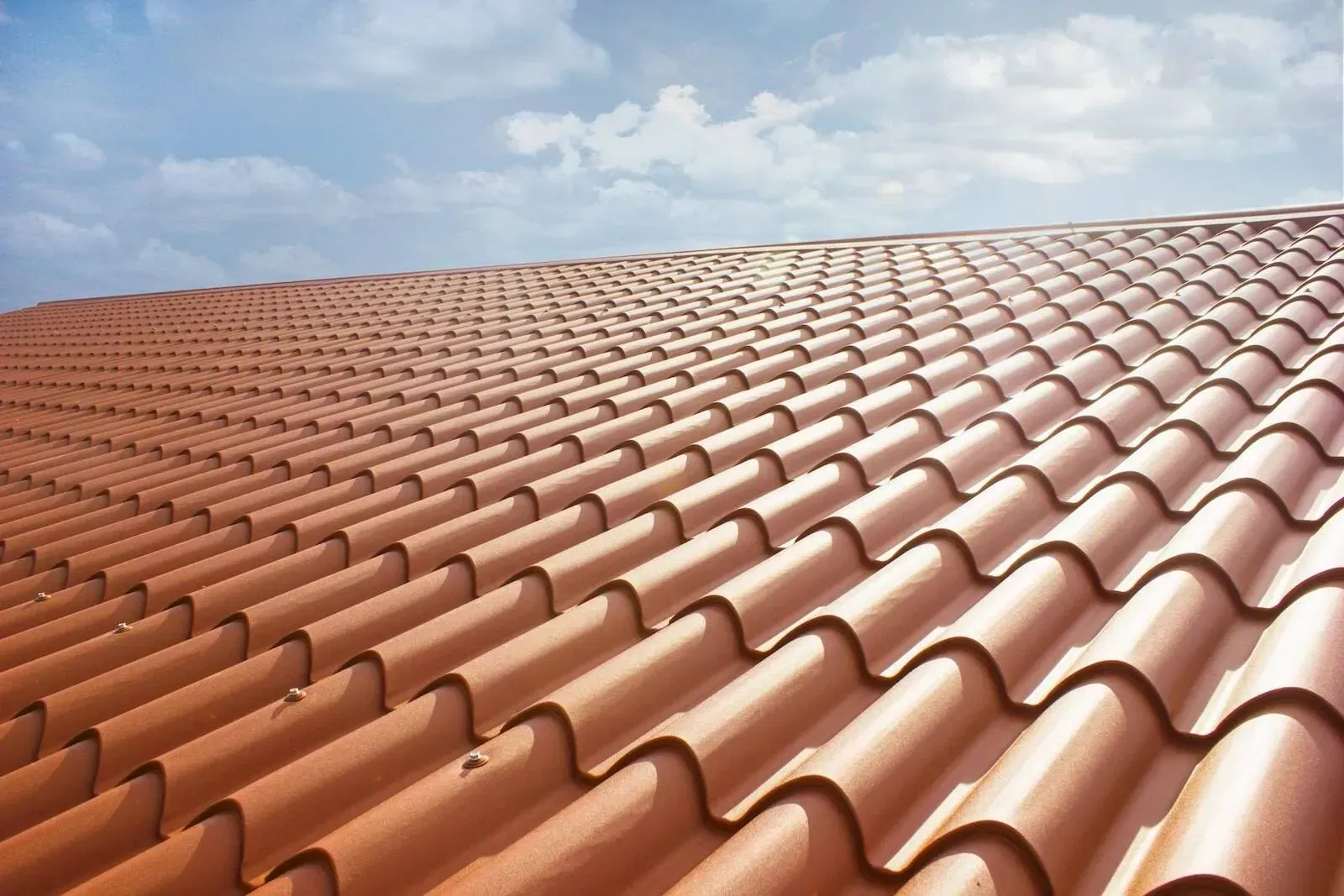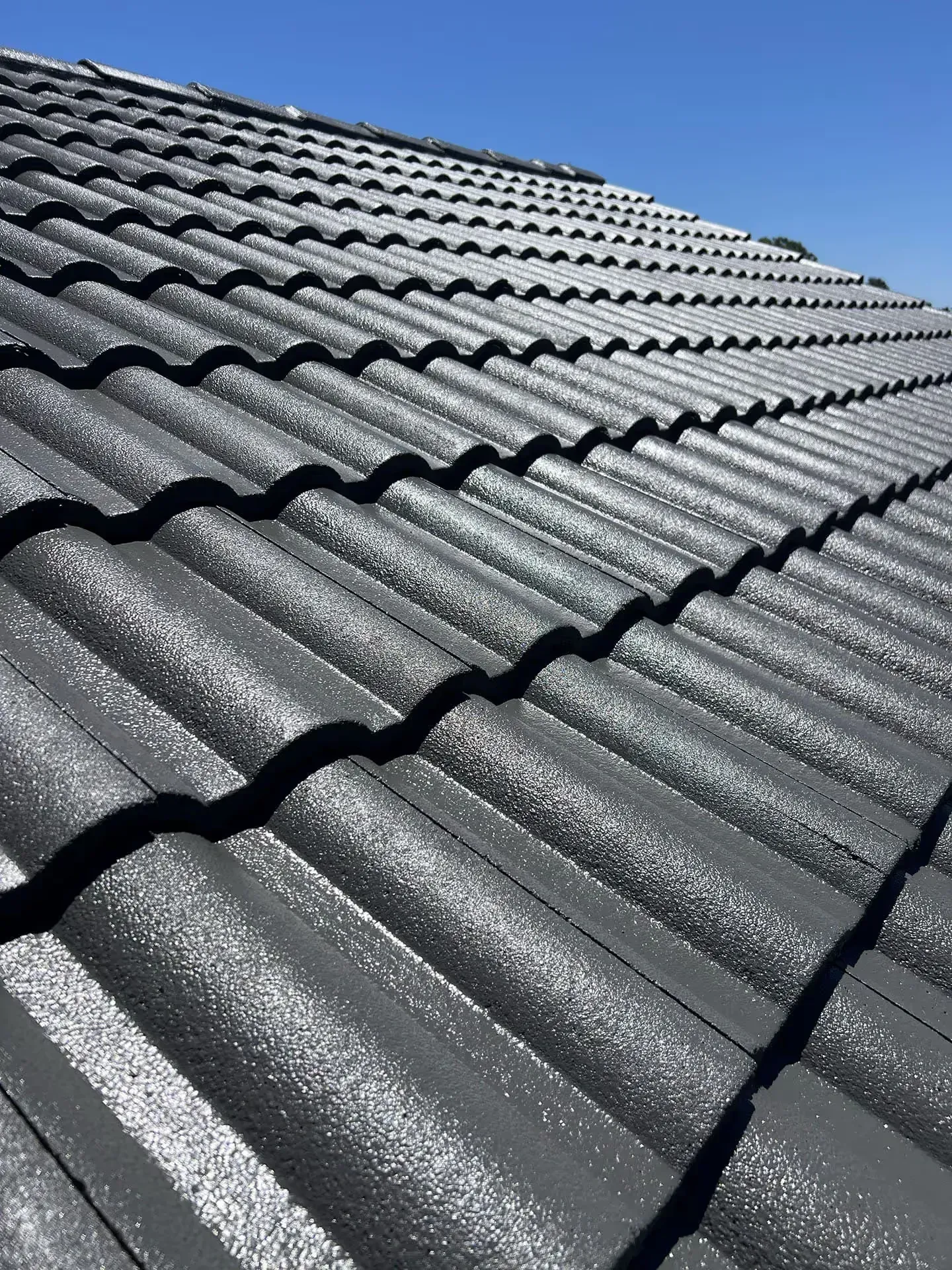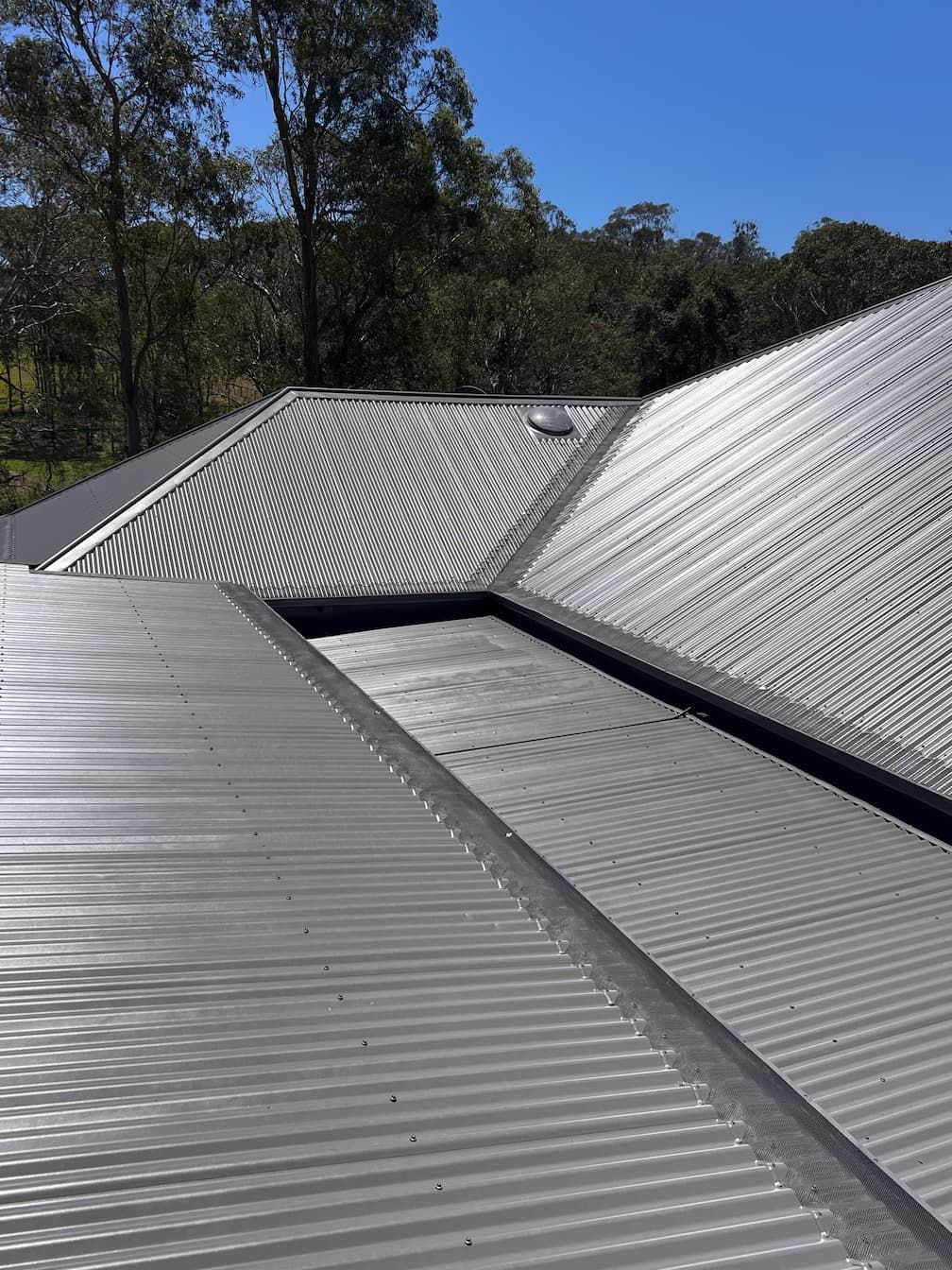Can You Paint Roof Tiles?
If your roof is starting to look faded, stained, or outdated, you might be wondering whether painting your roof tiles could give your home a fresh new look without the cost of a full roof replacement. The short answer is yes — you can paint roof tiles, but it must be done correctly to ensure a durable and long-lasting result.
Whether you have concrete or terracotta roof tiles, roof painting can rejuvenate your home’s exterior, add value to your property, and extend the life of your roof. However, not all roofs are suitable for painting, and proper preparation and materials are key.
In this guide, we’ll explain when and how roof tiles can be painted, the benefits, the different colour options, and what to consider before getting started.
Can Roof Tiles Be Painted?
Yes — roof tiles can be painted, but only if they are in good structural condition. Painting works best on concrete or clay tiles that are still solid, uncracked, and well-adhered to the roof structure.
Roof tile paint is not the same as standard house paint. It’s a specially formulated roof coating designed to withstand extreme weather conditions, UV rays, and moisture. These paints not only improve appearance but also help protect your tiles from erosion and surface damage over time.
However, if your roof has significant cracking, loose tiles, or structural issues, painting alone won’t solve the problem. In these cases, roof repairs or replacement may be required before any paint is applied.
Which Roof Tiles Can Be Painted?
Not all roof materials are suitable for painting. Here’s how to determine if your roof can be coated successfully:
Concrete Tiles
Concrete tiles are the most commonly painted roofing material. Over time, their surface coating can wear away, leaving them porous and dull. Painting concrete tiles can restore their waterproof barrier and dramatically enhance curb appeal.
Terracotta Tiles
Terracotta tiles are more complex. Traditional glazed terracotta tiles have a smooth, baked-on finish that paint struggles to adhere to. However, unsealed or older terracotta tiles can be successfully painted after thorough cleaning and priming. Specialist primers and coatings are required to ensure proper adhesion and durability.
The Roof Tile Painting Process
Painting roof tiles involves several essential steps. Skipping or rushing through these can lead to peeling, flaking, or uneven coverage. A professional roof painter will typically follow this process:
1. Roof Inspection
Before painting begins, the roof must be inspected for cracks, loose tiles, broken ridge caps, or leaks. Any repairs should be completed first to ensure the surface is sound.
2. High-Pressure Cleaning
Roof tiles accumulate dirt, mould, moss, and lichen over time. A high-pressure clean (usually around 3,000–4,000 psi) is used to remove all contaminants. This step is critical, as paint will not adhere to dirty or mossy tiles.
3. Repointing and Repairs
Cracked ridge caps and mortar joints are repaired or re-pointed using flexible pointing compounds. Damaged or missing tiles are replaced to create a smooth, uniform surface.
4. Application of Primer or Sealer
Once dry, a primer or sealer coat is applied to promote adhesion and seal the porous surface. This helps the topcoat bond properly and improves the durability of the finish.
5. Painting
After priming, two coats of roof membrane paint are applied — typically using a spray system for an even, professional finish. The paint is designed to expand and contract with temperature changes, preventing cracking or peeling.
6. Final Inspection
Once the coating has dried, the entire roof is inspected for consistent coverage and touch-ups are made where needed.
Benefits of Painting Roof Tiles
Painting your roof tiles offers a range of benefits beyond improving appearance.
1. Enhances Street Appeal
A freshly painted roof can instantly modernise your home’s exterior and increase its value. This is especially beneficial if you’re preparing to sell or want to improve your property’s first impression.
2. Extends Roof Lifespan
Painting adds a protective barrier that shields tiles from moisture, UV rays, and algae growth. This can extend the lifespan of your roof by several years and reduce the need for frequent maintenance.
3. Cost-Effective Alternative to Replacement
Replacing an entire tiled roof can be costly. Painting provides a budget-friendly alternative that delivers similar aesthetic results for a fraction of the price.
4. Improves Energy Efficiency
Some modern roof paints include heat-reflective technology, helping to reduce heat absorption and keep your home cooler in summer. This can lower energy bills and improve overall comfort.
5. Adds a Waterproof Seal
When properly applied, roof coatings seal porous concrete tiles and prevent water penetration — an important factor in maintaining a leak-free home.
Colour Options for Roof Tile Paint
When choosing a colour for your roof, consider your home’s style, location, and surroundings. Neutral tones are timeless and complement most exteriors, while darker colours can make a bold architectural statement.
Popular Roof Colours in Australia:
- Charcoal or Monument: Sleek and modern, ideal for contemporary homes.
- Terracotta Red: Classic look for traditional or Mediterranean-style homes.
- Grey and Slate: Subtle tones that suit both old and new builds.
- Sandstone or Beige: Great for coastal or rural settings.
- White or Light Cream: Reflective colours that help reduce heat absorption.
If you’re repainting, you can match your existing colour or choose a new one to transform the look of your property. Most professional roof painters use premium coatings from brands like Dulux Acratex, Shieldcoat, or Nutech, which offer a wide variety of colour options.
How Long Does Roof Tile Paint Last?
A professionally painted roof can last 10–15 years with proper preparation and quality materials. However, longevity depends on:
- The quality of paint and primer used
- How well the roof was cleaned and repaired before painting
- Local climate and exposure to harsh sun or salt air
- Regular roof maintenance
Over time, UV exposure can cause minor fading, but the protective barrier remains effective if maintained.
When Not to Paint Roof Tiles
While painting is suitable for most concrete roofs, it’s not always the right solution. You should avoid painting:
- Severely cracked or broken tiles
- Roofs with major structural damage or leaks
- Recently glazed terracotta tiles with a smooth, non-porous surface
In these cases, roof restoration or replacement may be a better long-term investment.
DIY vs Professional Roof Painting
While DIY roof painting might sound tempting, it’s rarely worth the risk. Working at heights can be dangerous, and without the right equipment and products, results may be uneven or short-lived.
Professional roof painters use specialised safety gear, high-pressure washers, and spray systems designed for large surfaces. They also have access to premium-grade coatings that offer longer warranties and better adhesion.
If you want lasting results that add value to your home, it’s best to hire an experienced professional who follows industry standards and safety protocols.
Conclusion
So, can you paint roof tiles? Absolutely — with the right preparation, materials, and professional application, painting your roof tiles can restore their colour, protect against the elements, and give your home a refreshed, modern look.
For most homeowners, roof painting is a cost-effective alternative to full roof replacement, extending the life of your concrete or terracotta tiles for many years to come.
If your roof is looking tired, get in touch with Rapid Roof Services for professional roof painting in Sydney.
Written by Ryan Wilson
With over 15 years of roofing experience, Ryan is committed to delivering high-quality results for every client. As the owner and director of Rapid Roof Services, he takes pride in honest advice, unbeatable workmanship and ensuring every roof is restored to the highest standard.



